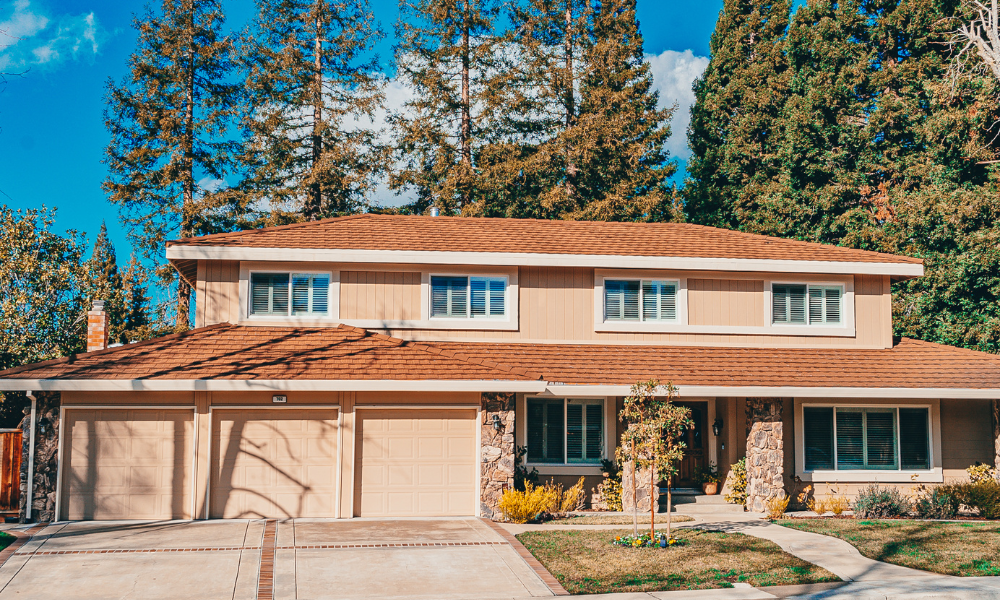Open Houses vs. Private Showings: What’s More Effective in Today’s Market?
Selling a home is more strategic than ever. With digital marketing, data-driven pricing and tech-savvy buyers shaping the modern real estate landscape, every showing counts. That’s why sellers and their agents need to think carefully about how to present their home to potential buyers.
Two common approaches are open houses and private showings, each offering distinct advantages. But which is more effective? The answer depends on your goals, timeline, and the current real estate market conditions.
Let’s break down both strategies so you can make an informed decision about which one fits best into your home-selling game plan.
What Is an Open House?
An open house is a scheduled time — usually on a weekend — when a home is open for anyone to walk in, tour the property, and ask questions. It’s often marketed widely through online listings, real estate apps, social media and neighborhood signs.
Pros of Open Houses:
Maximum exposure: Open houses can attract multiple buyers in a short window of time, especially if well-promoted.
Low-pressure environment: Buyers often feel more comfortable exploring at their own pace without a one-on-one commitment.
Efficient for sellers: You can showcase your home to many people in a single afternoon rather than coordinating multiple appointments.
Cons of Open Houses:
Non-serious foot traffic: Not all visitors are qualified buyers — some may be neighbors, casual lookers or people “just browsing.”
Security concerns: With many people coming and going, it’s harder to control who’s entering your home.
Less tailored presentation: It’s more difficult to highlight your home’s specific features when dozens of people are walking through at once.
What Are Private Showings?
Private showings are individually scheduled appointments, typically arranged through a buyer’s agent. These one-on-one tours give buyers uninterrupted time to explore a home and ask detailed questions.
Pros of Private Showings:
Serious buyer interest: People who schedule private tours are often further along in the home-buying process and more motivated.
Personalized experience: Agents can tailor the showing to a buyer’s needs, highlighting features that align with their wish list.
Time for deeper consideration: Buyers can take their time, imagine their life in the space and get into the details that matter most.
Cons of Private Showings:
More scheduling coordination: As a seller, you’ll need to be flexible with showing times, sometimes on short notice.
Less volume per showing: Unlike open houses, private tours happen one at a time, which can feel slower if you’re trying to create urgency.
When to Use an Open House
Open houses are especially useful in hot markets with limited inventory, where competition among buyers is high. They’re also a strong tool when:
Your home has broad appeal to a wide pool of buyers
You want to generate buzz early in the listing period
You’re in a high-traffic area where casual visitors might convert to interested buyers
You’re marketing to first-time buyers, who often rely on open houses for research
They work well for launching a listing, particularly in the first week or two when interest is highest.
When to Use Private Showings
Private showings are ideal in scenarios where:
You want to focus on qualified, motivated buyers
Your home is high-end or unique, requiring a more curated presentation
You’re concerned about privacy or security
The local market is slower or more balanced, with buyers needing time and space to make decisions
This strategy is often preferred when homes require explanation—think custom features, unusual layouts or extensive upgrades.
The Best Strategy? Often a Mix of Both
In today’s market, the most effective approach is usually a blend of open houses and private showings. Start with a well-publicized open house to build momentum and attract attention. Then, follow up with private tours for serious buyers who want a second look or never attended the open house in the first place.
A hybrid strategy allows you to:
Cast a wide net with initial visibility
Maintain flexibility and control through personalized follow-ups
Adapt based on market response and buyer feedback
It’s also worth noting that virtual showings — via video tours, 3D walkthroughs, and FaceTime — now complement both open houses and private showings. These tools give remote buyers a way to experience the home, narrowing the field to those most likely to make an offer.
There’s no one-size-fits-all answer. Each approach plays a unique role in the selling journey. In fast-moving markets, open houses can create urgency and attract multiple offers. In slower or more specialized markets, private showings offer the personal touch that can turn interest into action.
Ultimately, the most effective strategy is the one that meets buyers where they are. By combining visibility, flexibility and a strong marketing plan, sellers can maximize interest—and get closer to that final handshake.
Work with a knowledgeable agent who understands your home, your market and your goals. Together, you can craft a strategy that balances both open houses and private showings to get your home sold for the best price, on your timeline.

